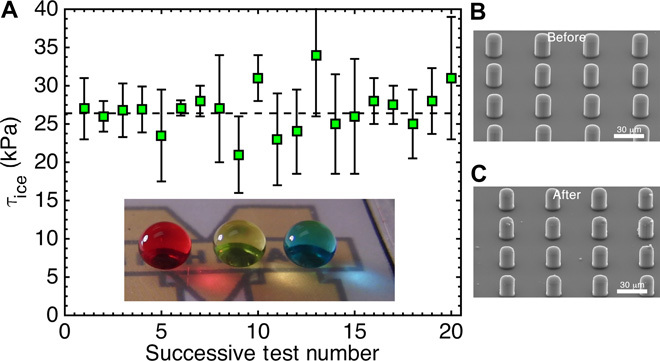Fig. 4. Superhydrophobic and icephobic surfaces.

(A) Droplets of water placed on icephobic PDMS pillars (coating I in Table 1) display superhydrophobicity, with = 165°/161° and a low roll-off angle of 3° (inset). For 20 successive icing/deicing cycles on such surfaces, we measured τice = 26 ± 3 kPa. Such surfaces effectively repel liquid water through minimizing the solid-liquid contact area and solid ice through low ρCL and interfacial slippage. The differing mechanisms allow the surface to remain icephobic even after the surface is fully frosted. (B and C) SEM micrograph of the icephobic pillars before and after ice adhesion testing. The pillars are not removed during ice adhesion testing.
